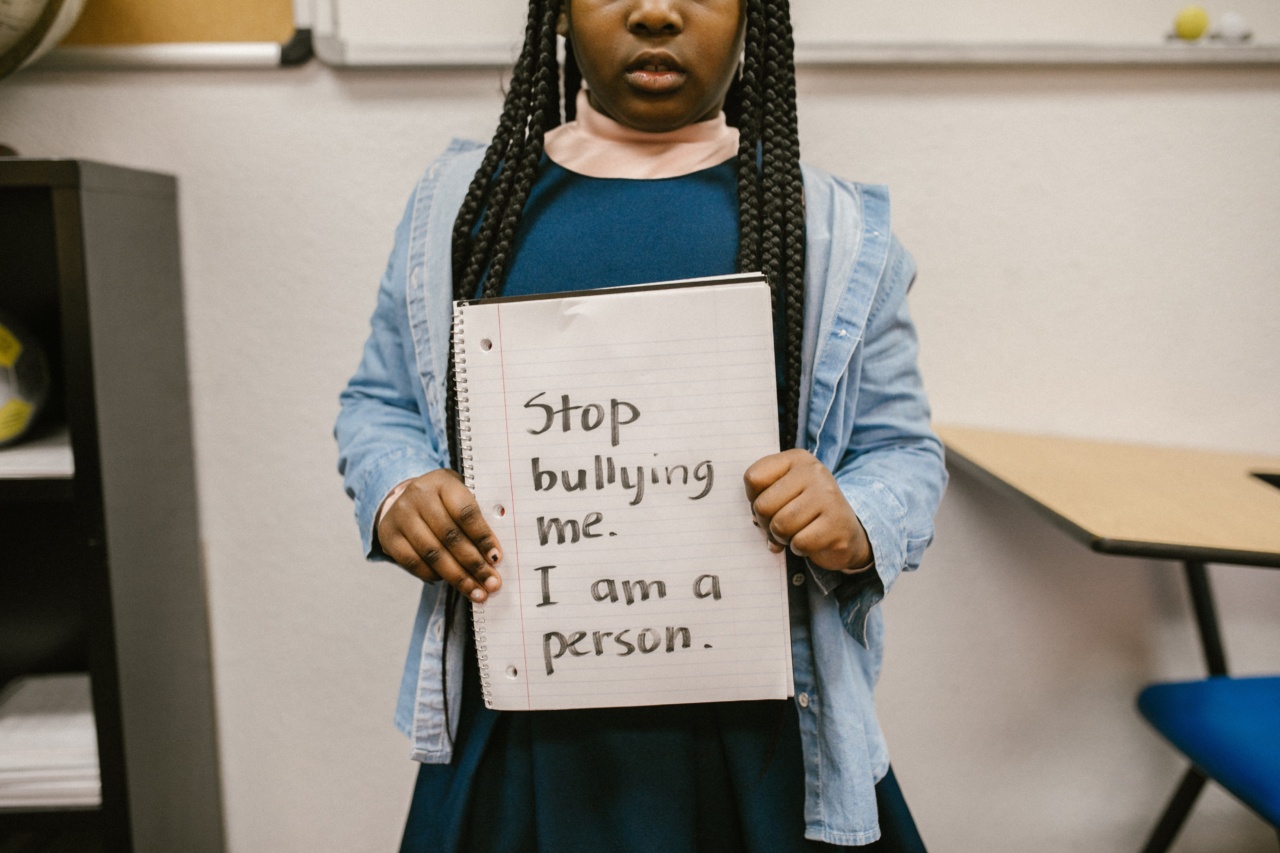School bullying is a widespread problem in many educational institutions across the world. It is an unwanted aggressive behavior that is directed towards certain students repeatedly over time.
Bullying can occur in different forms such as physical, verbal, social, or cyber. The act is damaging to the bullying victim, and it could lead to long-lasting emotional effects that could scar the victim for life.
While parents, teachers, and students may be aware of the prevalence of bullying, many may not understand the reasons behind this behavior. In this article, we will explore the reasons for school bullying.
1. Insecurity and Low Self-esteem
One of the primary reasons for bullying is insecurity and low self-esteem. Insecure students often resort to bullying others to feel superior and gain a sense of power or control over their victims.
Students who suffer from low self-esteem may also bully others as a way to fit in with a particular group or gain social acceptance from their peers. These students may feel like they need to “prove themselves,” and bullying may seem like the best way to do so.
2. Emotional Problems
Bullying could be an outlet for students facing emotional problems. Students who are going through family issues such as divorce, violence, or abuse at home may be more likely to become bullies.
They may resort to bullying as a way to cope with their emotional pain and take it out on others. Similarly, students who struggle with mental health issues such as anxiety, depression, or anger may be more likely to lash out at others in aggressive ways.
3. Learned Behavior from Home or Media
Some students may have learned their bullying behaviors from others, including their parents, siblings, relatives, or even the media.
If they live in a household or community where aggressive behavior is normalized or even encouraged, then they may be more likely to bully others. Similarly, if they grow up watching violent or aggressive movies, TV shows, or playing violent video games, then they may see bullying as normal and acceptable behavior.
4. Peer Pressure and Social Status
Peer pressure and social status could also be a reason for bullying. Students may bully others to impress their friends or a particular group, to maintain their social status or to gain popularity.
Some students may feel like they must act tough to avoid being bullied themselves, which leads them to bully others, either to gain approval or to intimidate others to avoid being bullied.
5. Lack of Consequences and Punishment
One reason that school bullying persists is that there is often little to no consequence for the bully. Many schools may not have policies in place to address bullying behaviors, or the policies may be weakly enforced.
This lack of punishment may make bullying seem like an acceptable behavior to the bully, and they may continue to bully others without any fear of repercussions.
6. Prejudice and Discrimination
Bullying may also stem from prejudice and discrimination towards certain groups such as race, religion, gender, sexual orientation, or physical or mental disabilities.
Students who hold prejudiced views may target those whom they perceive as “different” or “inferior” and bully them as a result. This behavior reflects the larger societal prejudices and discrimination that exist, and it has damaging effects on the victims’ mental health and well-being.
7. Lack of Empathy
Finally, another reason for bullying could be the lack of empathy among individuals.
Some students may not be able to understand the negative impact their actions have on others, and they may not be able to feel concerned for the victim’s well-being. In some cases, students may even lack the ability to identify with the victim and see them as a human being. This lack of empathy could lead them to bully others without realizing the harm they are causing.
Conclusion
In conclusion, school bullying is a pervasive problem that could have long-lasting effects on the victim’s mental health and well-being. It is essential to understand the reasons behind the behavior to address the root issues adequately.
By targeting the underlying reasons, we could create a supportive and inclusive environment that promotes respect, empathy, and tolerance among students. Parents, teachers, and school administrators must work together to ensure a safe and welcoming learning space for all students.






























